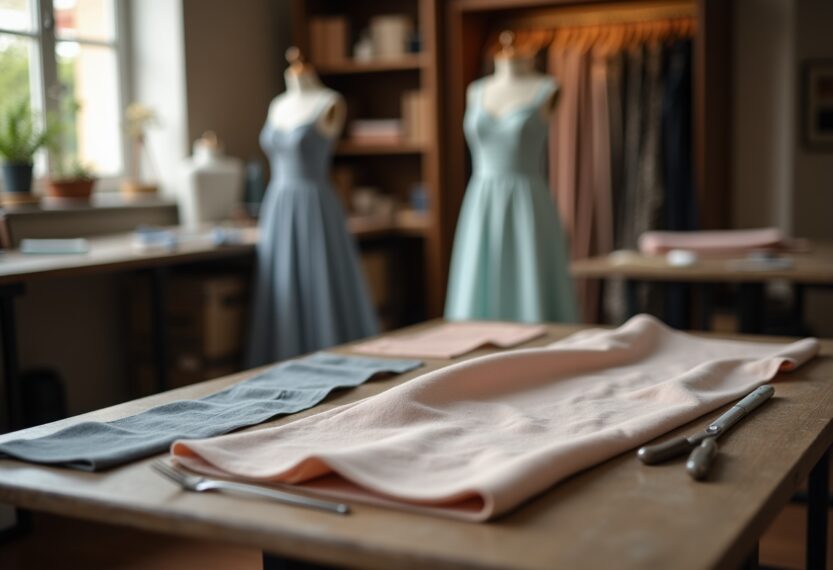The rise of luxury fashion brands
In recent years, the luxury fashion industry has experienced a remarkable resurgence, driven by a growing consumer appetite for high-quality, exclusive products. Brands such as Dior, Gucci, and Valentino have become synonymous with sophistication and elegance, appealing to a discerning clientele that values craftsmanship and heritage. The allure of these brands lies not only in their exquisite designs but also in the stories they tell, often rooted in rich histories and artistic legacies.
Craftsmanship and quality: The hallmarks of luxury
At the heart of luxury fashion is an unwavering commitment to craftsmanship and quality. Each piece is meticulously crafted, often by skilled artisans who have honed their craft over decades. For instance, Van Cleef & Arpels is renowned for its intricate jewelry designs that blend artistry with precision. Similarly, Mikimoto is celebrated for its exceptional pearl creations, which exemplify the brand’s dedication to excellence. This emphasis on quality not only enhances the aesthetic appeal of luxury items but also ensures their longevity, making them coveted investments for fashion enthusiasts.
The impact of sustainability on luxury fashion
As consumers become increasingly aware of environmental issues, luxury brands are responding by adopting sustainable practices. Brands like People’s Republic of Cashmere and Completedworks are leading the charge, prioritizing eco-friendly materials and ethical production methods. This shift towards sustainability is not merely a trend; it reflects a deeper understanding of the responsibility that comes with luxury. By embracing sustainable practices, these brands are redefining what it means to be luxurious in the modern age, appealing to a new generation of consumers who value both style and substance.




